From its hit parade of architecture and electrifying skyline to triumphant public art and tantalising museum jewels, Chicago is a city that can’t fail to inspire. It’s like a giant al-fresco art gallery. Stepping out on the Chicago Riverwalk, an alluring taster of city life on the water, Chicago’s urban verve was all-consuming as wine glasses clinked from alfresco brasseries, beneath the glint and glory of those riverfront skyscrapers.
If there is one tour to rule them all, hit the water on a Chicago Architecture Foundation River Cruise, onboard Chicago’s First Lady. Accept no substitutes! What gives these cruises the winning edge is not only are you served up a slew of prime photo opportunities to fill your social feed, but the on-board narration is carried out by a foundation-certified expert volunteer guide.
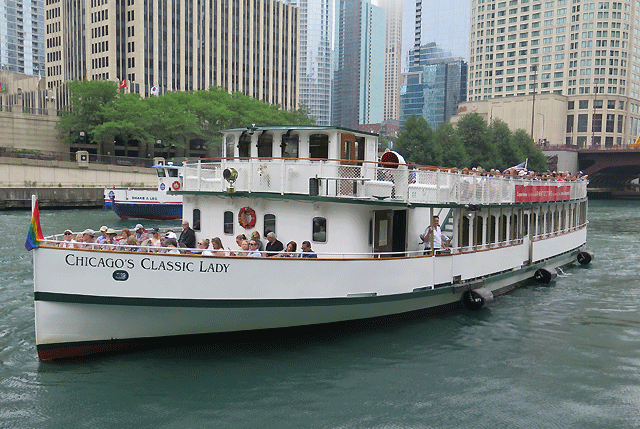
Our unscripted and unrivalled guide was Tom, a story-telling wizard who left us spell-bound over the course of 90 minutes, as he unfurled his rich tapestry of bite-sized insights on the city’s architecture, which I eagerly devoured.
I felt like I was a taking a crash-course in architectural design, as we glided by all of Chicago’s defining period specimens, from neo-classical and art deco to modernism, post-modernism, new-modernism and adaptive re-use – currently all the rage as old riverside warehouses are internally gutted and repurposed for residential use.
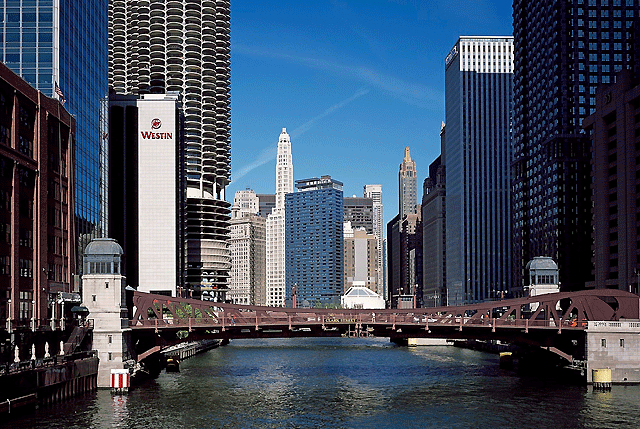
Frank Lloyd Wright’s calling card was his “prairie style” design elements, focused on a building’s horizontal emphasis and geometric ornamentation. Drifting under downtown Chicago’s 34 bridges, I was equally intrigued to learn about how Chicago engineers modified the bascule (French for seesaw) bridge to come up with the perfect design.
Their trunnion bascule design, also now known as the Chicago Bridge, opens quickly and doesn’t obstruct the river with a central pier was the ideal solution. Efficient and aesthetically pleasing, they are landmarks in their own right. But among the 50 significant sites threaded throughout the cruise, it’s the blockbuster buildings and the design giants behind them, that take pole position.
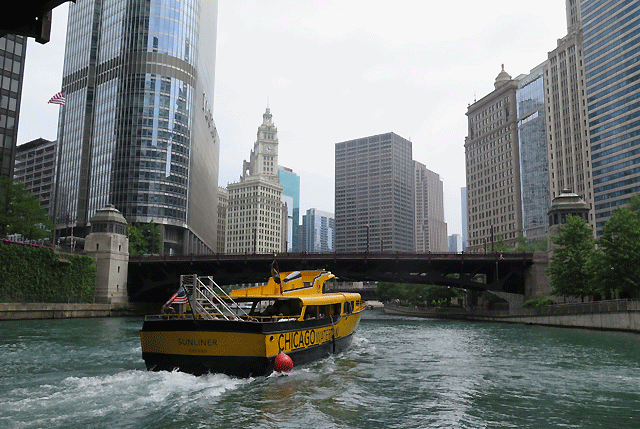
Emerging from the embers of the 1871 Chicago Fire, innovation was to the fore as Chicago sought solutions to make their rapidly-growing city more liveable. Parks and boulevards sprouted and the course of the Chicago River was reversed to stop Lake Michigan becoming so polluted.
The warehouse behemoths of Fulton House and 600 West were some of the earliest skyscrapers, before the superlative Tribune and Wrigley buildings of the mid-1920s held court. Conversations soon turned to people’s respective pet picks, and it’s the Wrigley’s white terracotta tiled neo-Renaissance splendour that won my affections. Tom remarked that the clock tower was inspired by Seville’s Giralda.
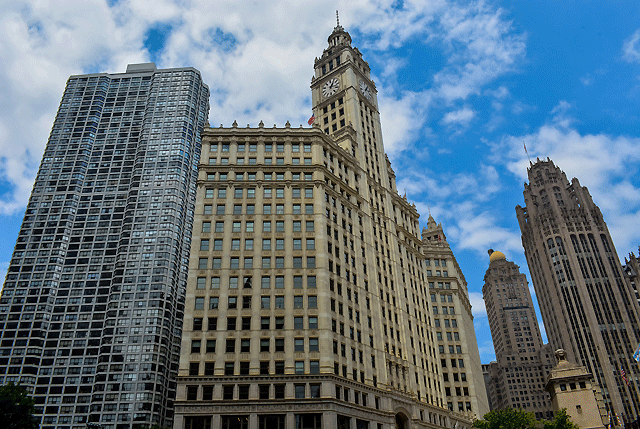
I knew it looked it uncannily familiar! I was also struck by the circular towers of 1967 Marina City building, endearingly nicknamed the Corn Cobs. This 61-storey twin tower complex must have been positively futuristic back in the day, and the fact that the first fifteen floors are still used for car parking is astounding.
Park your car and enjoy a gazillion dollar view! At over 90 storeys high, the Trump Tower is one of the latest cloud-piercers to flank the riverfront, a gleaming blend of brawn and grace designed by the same architects behind Dubai’s Burj El Khalifa.
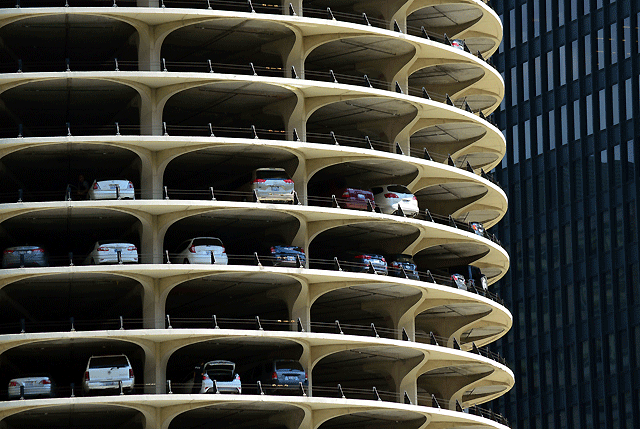
Skidmore, Owings and Merrill also designed Chicago’s most emblematic skyscraper, the Willis Tower (Sears Tower), which was the world’s tallest tower until 1998. In this ultimate of look-up cities, I ogled building after building including that champion of contextualism, 333 West Wacker Drive.
Opened in 1983, this building was lauded for its curved, shimmering, green-tinted façade, faithfully flowing in harmony with the river’s hue. In my hometown of Christchurch, the post-quake Deloitte building has done exactly the same thing, overlooking the Avon River. Tom remarked that the river’s distinctive green tinge is because of the algae and clay in the water.
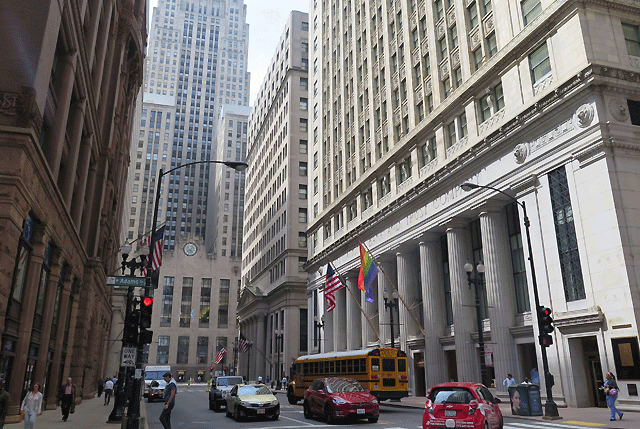
I was also struck by his insights on the river district’s substructure, where by many high-rise developers have had to dig 80 feet to reach bedrock, so they can secure the foundations. Much of the downtown district’s substrata is all “peanut and jelly”, with layer upon layer of clay.
It’s the most inhospitable terrain for a forest of skyscrapers to be developed. All the more reason to marvel at the miracles of sky-high engineering, festooned with artistic flourishes.
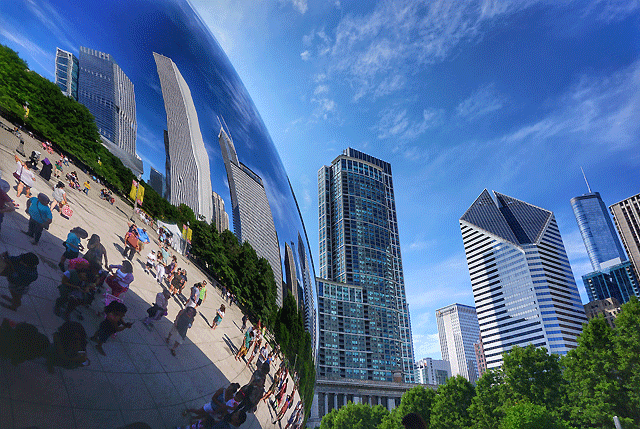
After alighting from the head-turning cruise, I strolled down North Michigan Ave to Millennium Park. You’d be hard pressed to find two better specimens of insatiably engaging public art than Cloud Gate and Crown Fountain. The former is better known as The Bean, an ingenious stainless-steel elliptical sculpture, designed by Anish Kapoor.
This whimsical, wondrous and reflective artwork acts like a tractor-beam for the selfie brigade, filling Instagram feeds the world over. No matter what time of day, or the whims of the weather, Cloud Gate captures Chicago’s subtle mood shifts and skyline theatrics, including that great wall of buildings lining South Michigan Ave, with unwavering finesse.
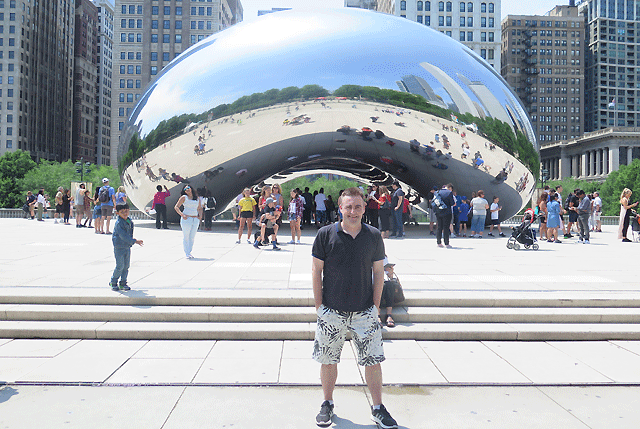
Just across the way, I was equally riveted by the video and water sculpture surrealism of Crown Fountain, which radiates a slew of local faces and spouts water from their mouths. In the thick heat of summer, the fountain’s expansive pool is a godsend for a cooldown.
While you’re in Millennium Park, avail yourself of the superb Chicago Greeter service. Completely free and uniquely customised to your own interests, Chicago Greeter is a year-round service that offers visitors a guided walking tour with a local volunteer insider. I was keen to discover more about Millennium Park and met up with my greeter, Barbara, who shared a volley of interesting anecdotes about this remarkable public space.
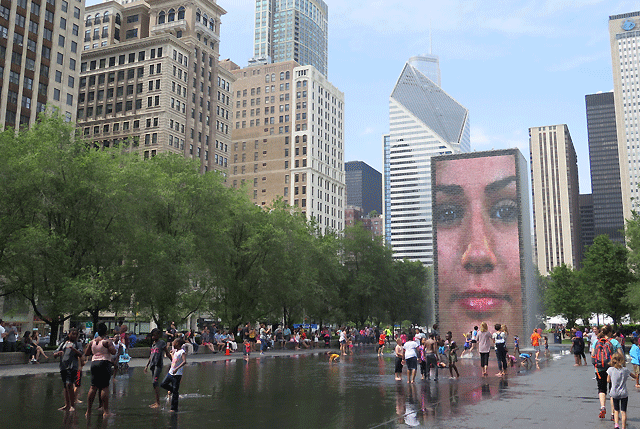
It all began when the Mayor at the time, Richard Daley, embarked on his vision of turning a derelict railway yard in downtown Chicago into a showpiece public space, complete with outdoor stage overlooking a great lawn. Finally completed four years after the turn of the millennium, the 24-acre park is a civic jewel, despite the lingering cloud of claims spanning corruption, bribery and cost overruns.
I gazed over the glimmering stainless-steel ribbons of the Jay Pritzker Pavilion, designed by Frank Gehry and instantly reminiscent of his Walt Disney Concert Hall in Los Angeles. From a distance, it looks like the swirls of ribboning you attach to a gift. The lusciously lawned amphitheatre plays host to a regular roster of live music and free events, all through summer.
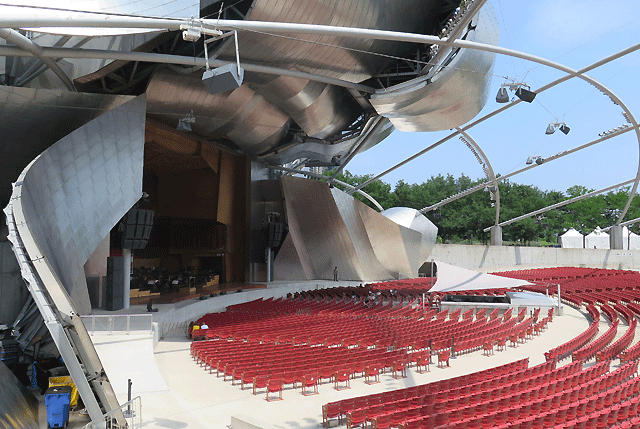
Barbara also pointed out how the overhead walkways leading people into the park have in-built heating to melt the snow and ice, in winter. The water is duly harvested and applied to the gardens of Millennium Park. How very, now. To arrange a free Chicago Greeter walking tour, pre-register at www.chicagogreeter.com
Across the road from Millennium Park, I ventured to the one-year old American Writers Museum. This little gem of a museum is being showered with accolades for its engaging and interactive celebration of American writers, delving deep into their influence on American history and culture. The children’s section is equally compelling, showcasing the likes of Where the Wild Things Are writer, Maurice Sendak.
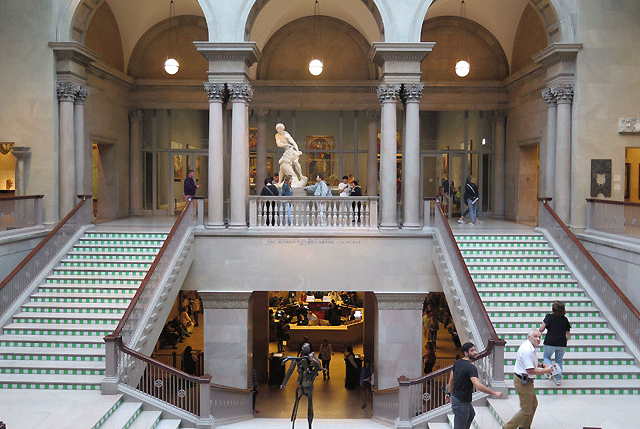
Strolling down to Grant Park, I transported myself to Paris at the Chicago Arts Institute, which famously boasts the world’s biggest collection of Impressionist masterpieces, outside of France. I feasted my eyes on more than 30 paintings by Claude Monet, including a number of Water Lilies; Renoir’s Two Sisters; Cézanne’s The Basket of Apples, Henri Matisse’s Bathers by a River; and Vincent van Gogh’s Bedroom in Arles and Self-portrait.
Equally compelling is the Modern and Contemporary Art collection, headlined by Pablo Picasso’s Old Guitarist, a stack of works by Andy Warhol and some fine pieces by Lichtenstein. What I love about this venerated art gallery is that despite its voluminous collection of works, it’s light and airy and doesn’t feel overwhelming. Unmissable Chicago.
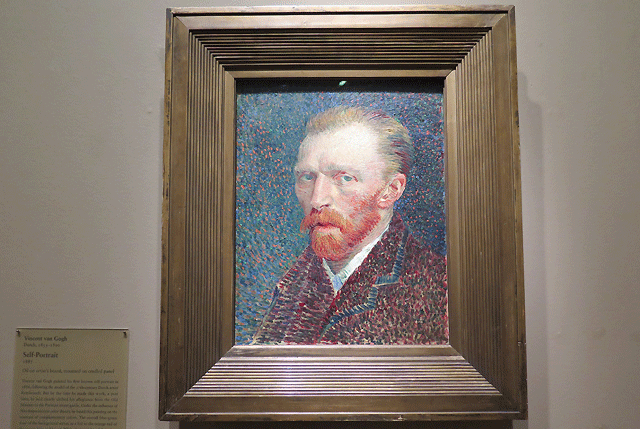
At the southern end of Grant Park, The Field Museum is celebrating its 125th year, and SUE the T-Rex is getting a makeover with a touch cast of dinosaurs joining the museum’s ranks. The Field has just unveiled the dinosaur “Maximo”, which you can touch as you walk underneath his hulking expanse.
There’s also an enthralling exhibition running until January on Antarctic Dinosaurs, where you can follow The Field Museum scientists undertaking a gruelling expedition in the polar extremes to excavate remarkable dinosaur fossils.
As darkness fell, I jaunted back to the heart of Grant Park to swoon over the splendour of the 90 year old showstopper, Buckingham Fountain. You may well recognise it from the opening titles of Married with Children.
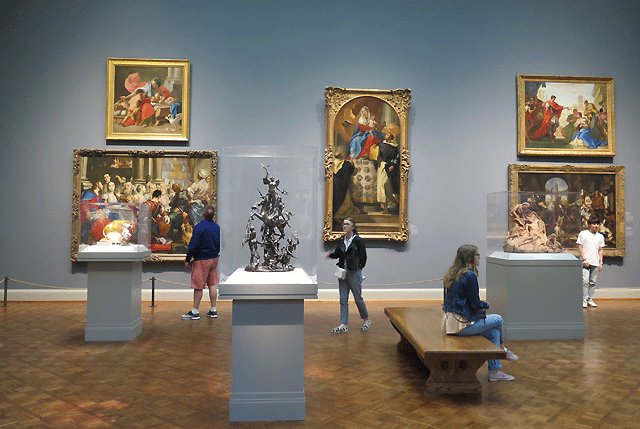
Despite its vintage pedigree, it’s still one of the largest fountains in the world, sporting 134 jets. This homage to Lake Michigan features four sea horses, each named in honour of a state that borders the lake, (Illinois, Indiana, Michigan and Wisconsin) while the fountain basin represents the lake itself.
The fountain’s hourly twenty-minute water display starts with small sprays, climaxing with a 46metre-high gusher. The animation is definitely best seen after dark, when the choreographed waterworks are accompanied with music and coloured lights. www.choosechicago.com
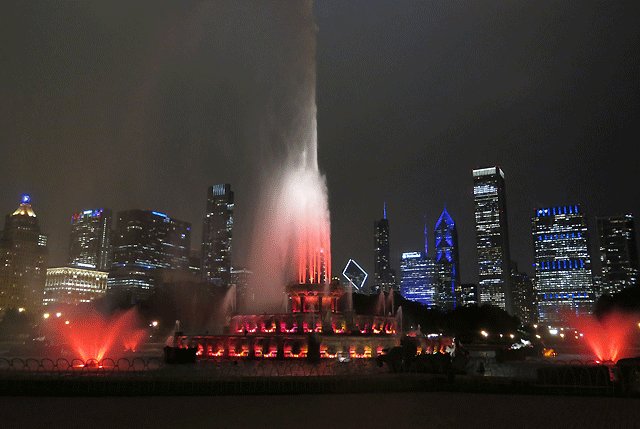
Chicago accommodation can be pricey, so you’ll definitely want to hunt down the best rates in your preferred location. From cosy guest-houses to five-star hotels, Booking.com has nearly 500 accommodation options in the Windy City. Whether on the website or via the app, Booking.com is super easy to navigate with incredible deals and complete flexibility, if you need to amend or cancel your bookings. www.booking.com
It’s another exciting boundary-breaker for our intrepid national airline, setting its sights on direct flights to the Windy City. November 30, 2018, Air New Zealand will operate the new route three times weekly, year-round with its new configuration Boeing 787-9 Dreamliner aircraft. Flight time will be approximately 15 hours northbound and just over 16 hours southbound. One-way Economy fares between Auckland Chicago start from $1,019 (including taxes). Fares are also available via Los Angeles, San Francisco and Houston with onward connections to Chicago on partner airlines. Visit www.airnewzealand.co.nz to book or for more details.
By Mike Yardley.

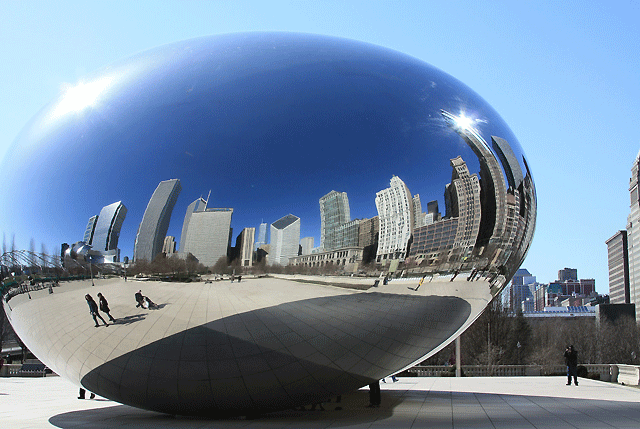

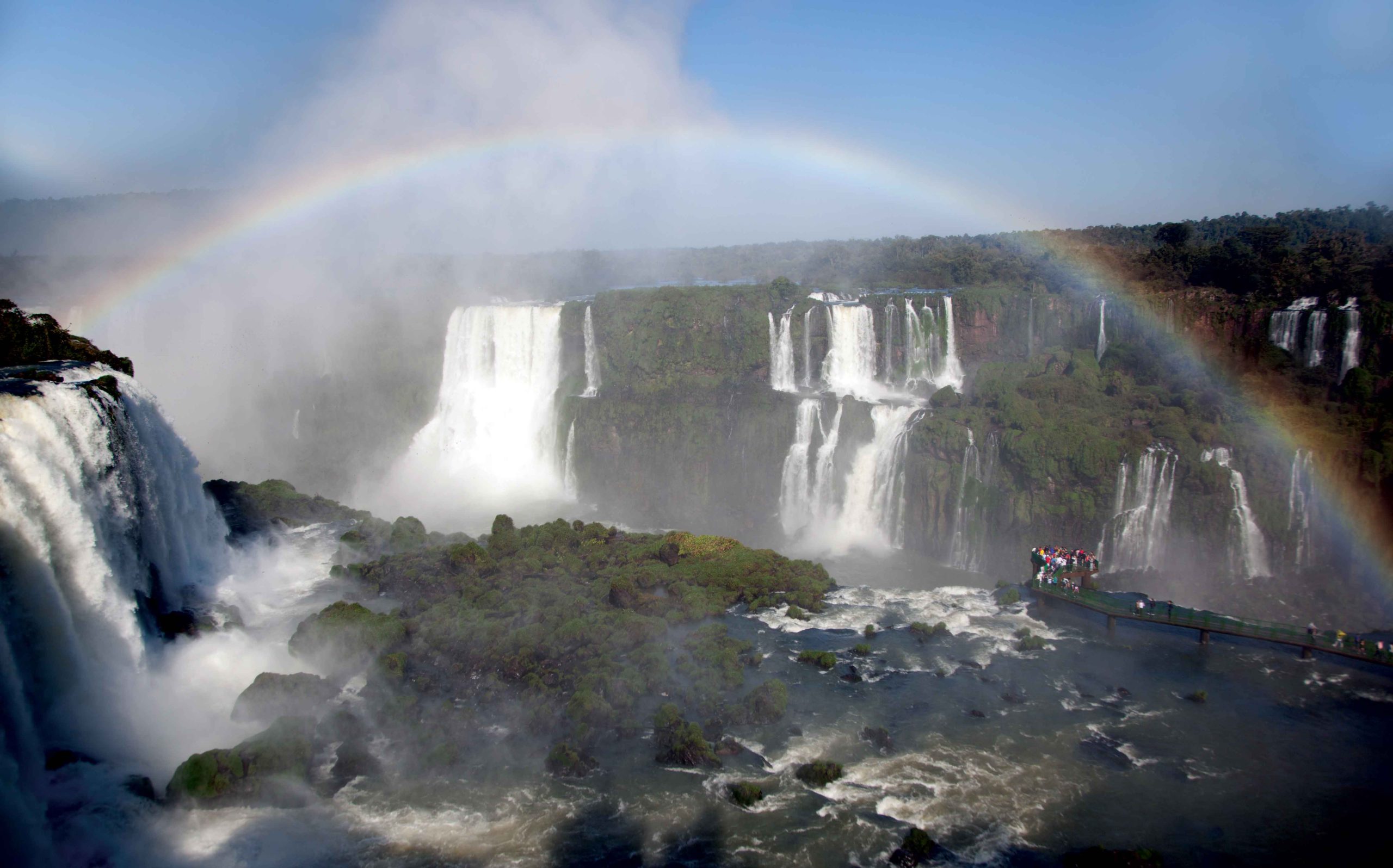
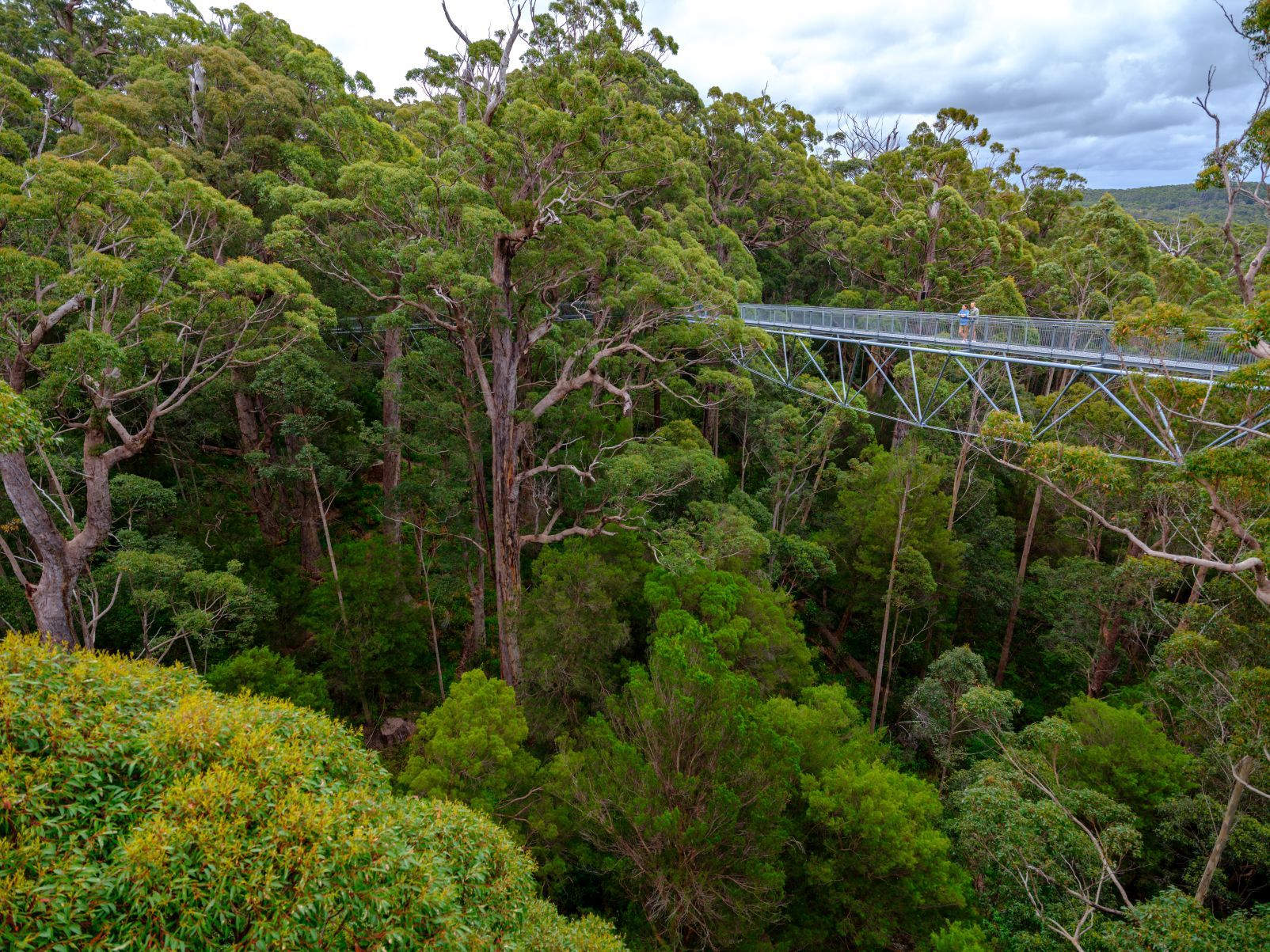
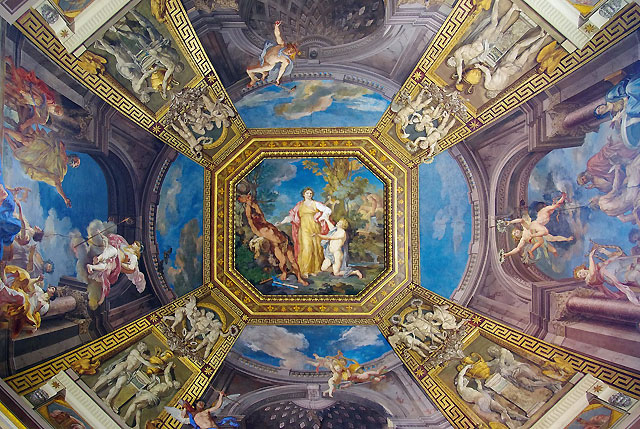
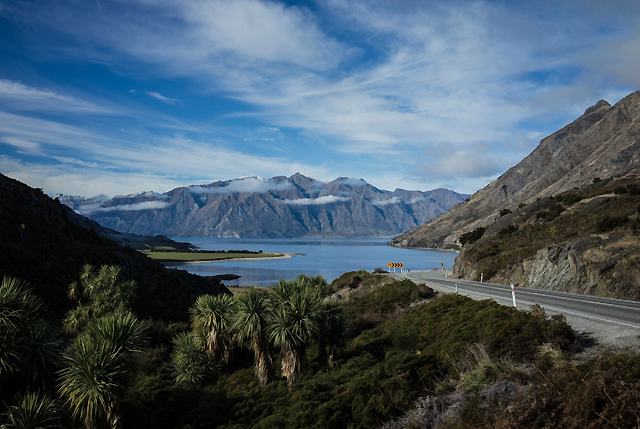
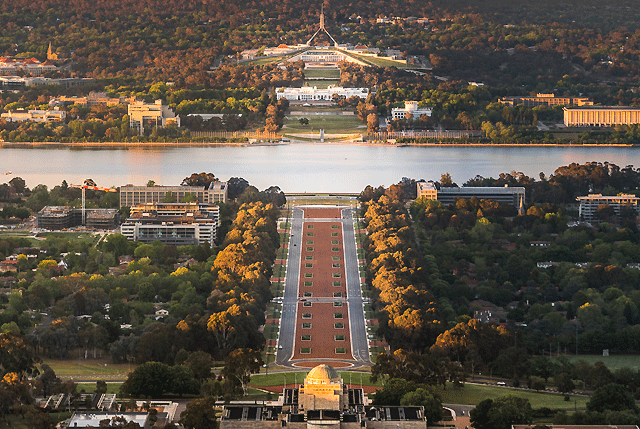
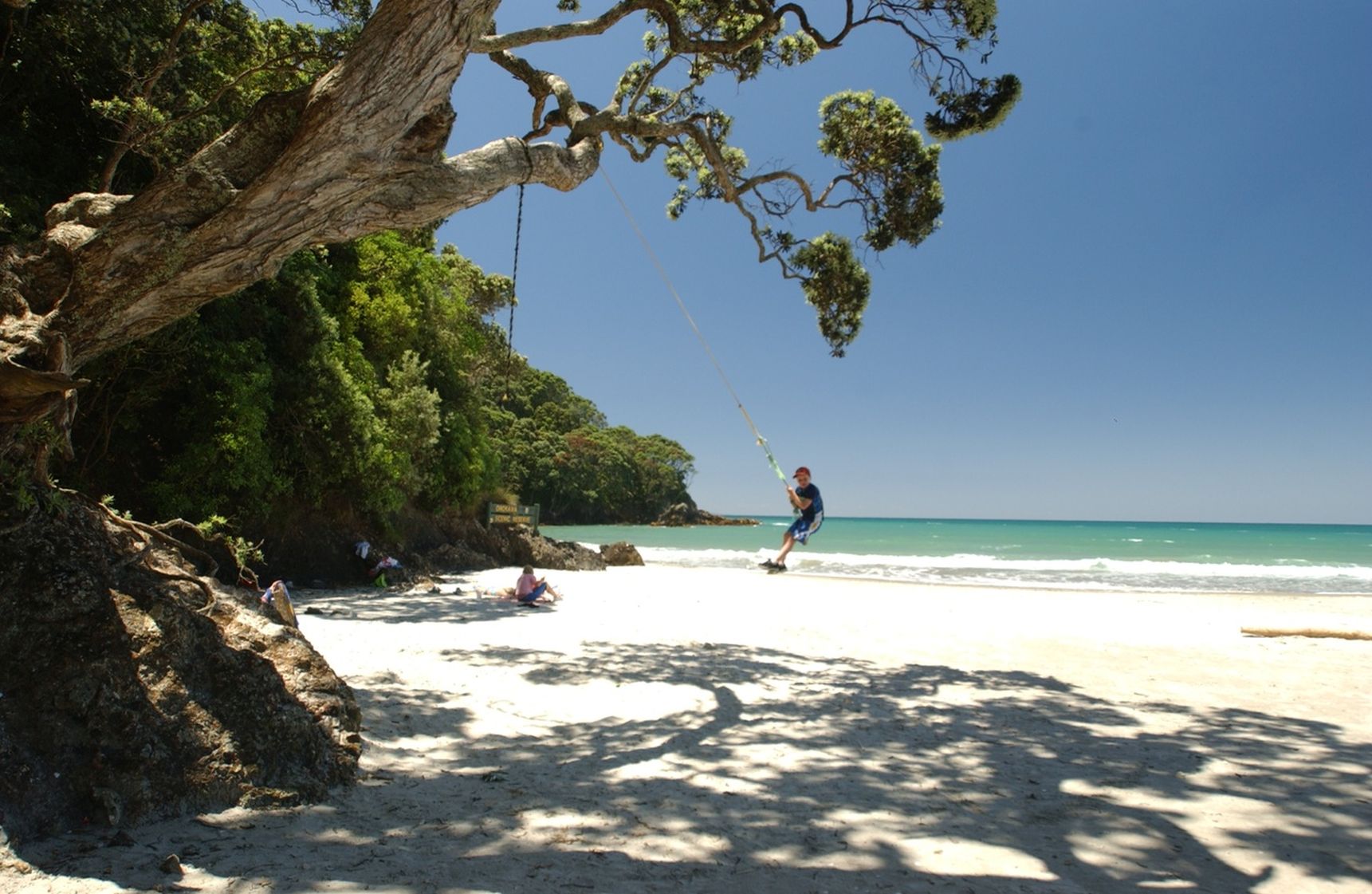
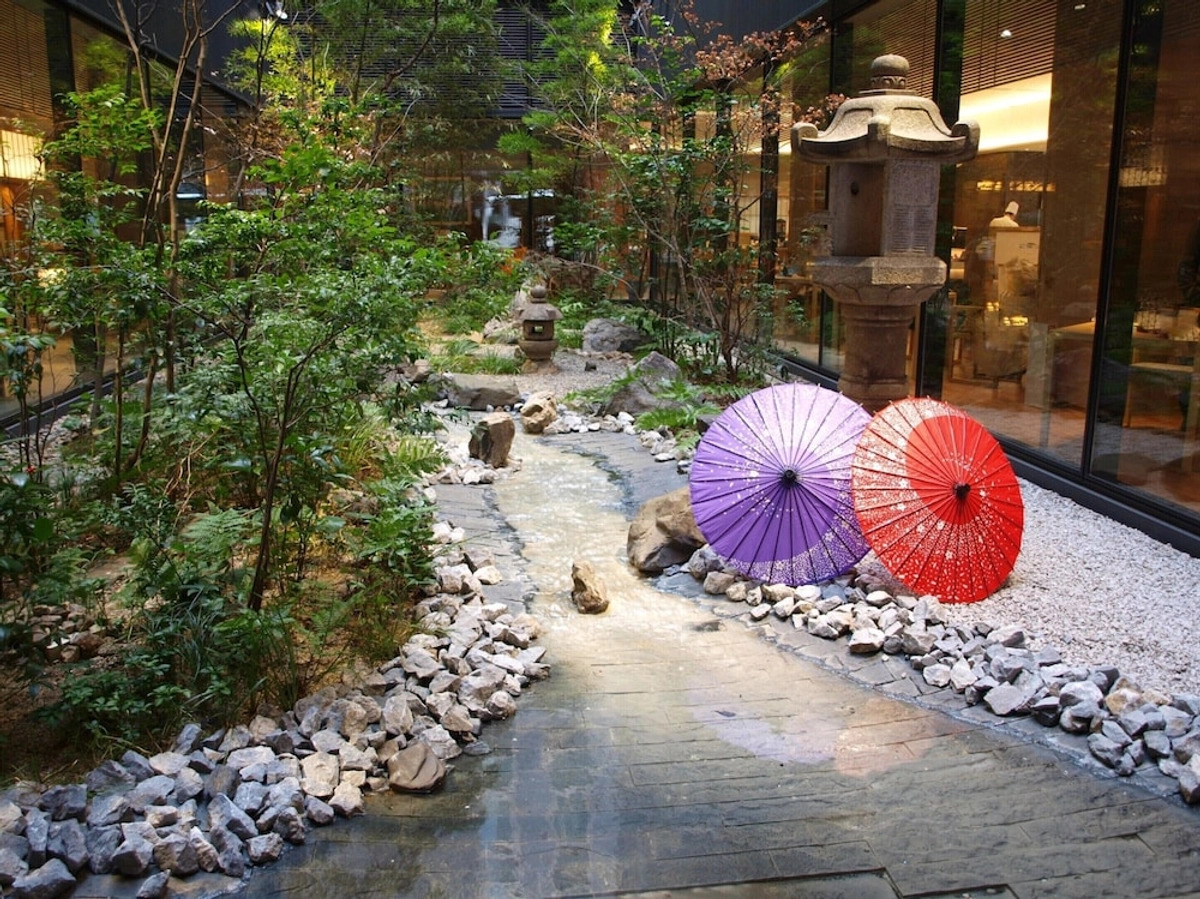



Recent Comments